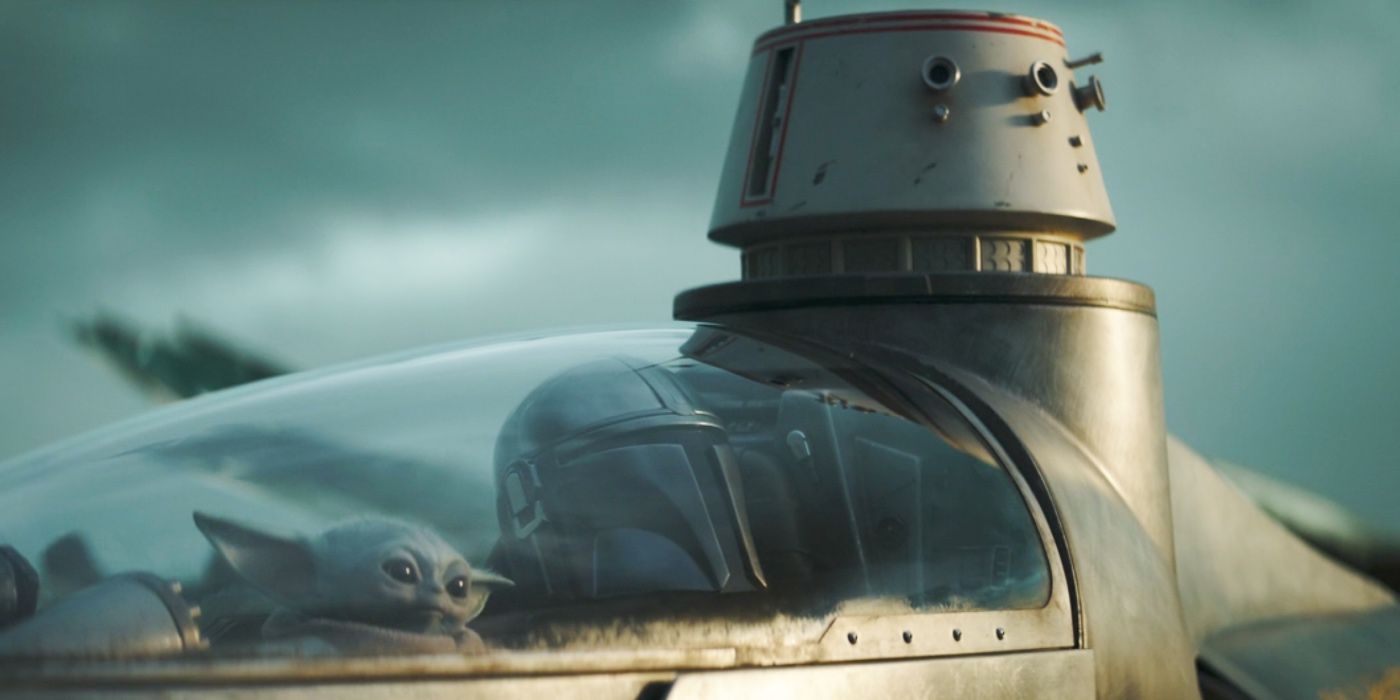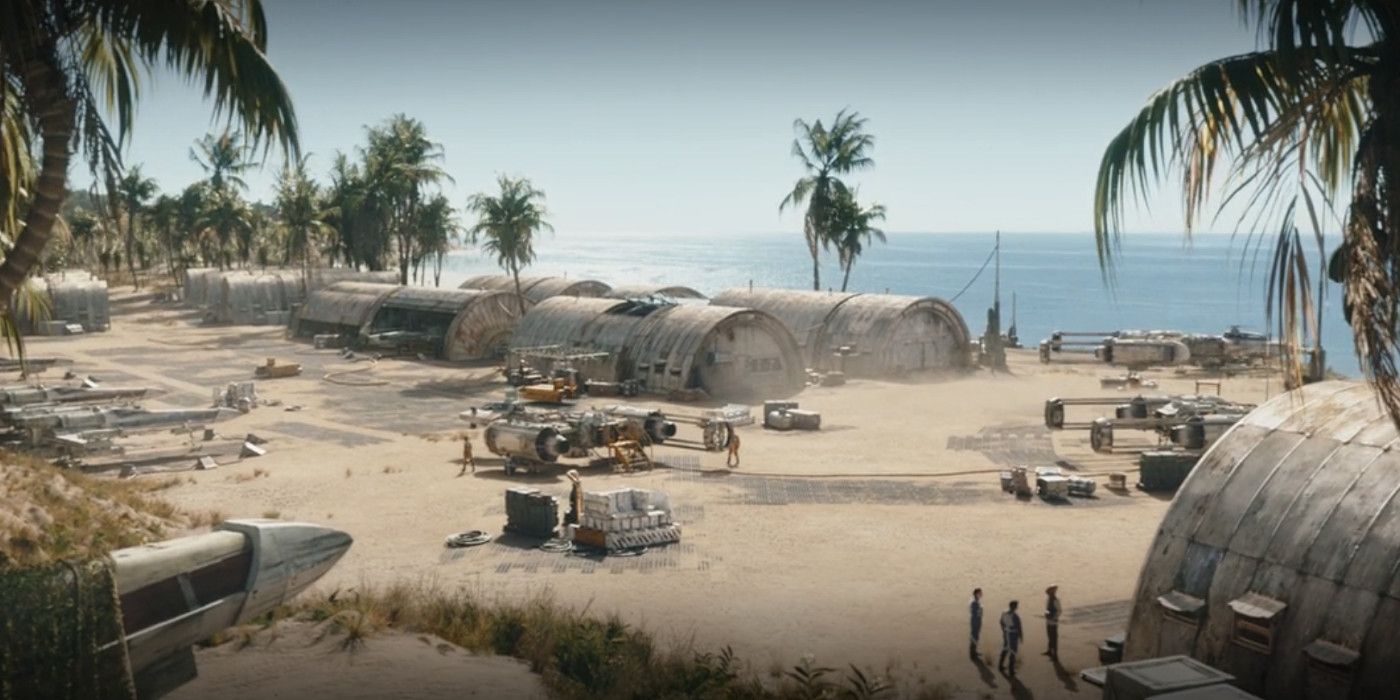[ad_1]
Warning! This article contains SPOILERS for The Mandalorian season 3, episode 5.
The Star Wars movies have often struggled with blending the prequel and original trilogies, but The Mandalorian does an excellent job of connecting their respective technologies. The Mandalorian has become known as the project that unites the Star Wars fanbase, and a big reason for that is how it draws from all corners of the franchise to craft new stories. This is especially true for the original trilogy, but also the entire prequel timeline, meaning the show has to merge both of these distinct eras together. As a result, The Mandalorian succeeds in creating its own unique style, while also making the entire Star Wars franchise feel more connected.
The recent Star Wars movies, meanwhile, haven’t achieved this same level of success. The sequel trilogy took inspiration from the original trilogy, but largely ignored the prequels, making the movies feel somewhat disconnected from George Lucas’ six-episode saga. The standalones did an even better job of capturing the look and feel of the original trilogy, but they too didn’t take enough inspiration from the prequels. This makes The Mandalorian feel incredibly refreshing, for while it perfectly recreates the world of the OT, it still blends in elements from every Star Wars era, and it succeeds in one area better than any other.
The Mandalorian Blends The Technology Of The Prequels & OT
The best way that The Mandalorian blends the prequels and the OT together is how it utilizes both kinds of technology. Some Star Wars fans felt that the prequel trilogy’s designs didn’t fit the universe, but The Mandalorian proved this wrong by perfectly integrating ships and other technologies from the era. The biggest example is Din Djarin’s repurposed Naboo starfighter, which was refitted to match the worn-down technology of the OT era. The fact that the ship blends perfectly with R5-D4, an astromech droid who first appeared in A New Hope, demonstrates how well The Mandalorian combines the tech of each trilogy.
The Mandalorian also does an impressive job of combining the different technologies used to create each trilogy behind the scenes. The costumes, ships, and environments capture the practical look and feel of the OT, but other aspects of the show reflect how the prequels were made. This includes the revolutionary StageCraft technology, which builds off Lucas’ work with creating all-digital environments, as well as bringing animated characters like Zeb into live-action with CGI. Other such cases of blending tech from each trilogy include CGI droids from Star Wars: Episode I – The Phantom Menace and an animatronic puppet for Grogu.
It’s Great To See Star Wars Acknowledging The OT So Openly
Even with all the references to the OT in recent movies, it’s great that Star Wars is still acknowledging it so openly. The Mandalorian does a better job at capturing the OT’s style than any other Disney-era project, as well as building off its story through excellent world-building and character arcs. It also makes sense for The Mandalorian to acknowledge the OT so often, as the show is set only a few years after the end of Return of the Jedi, making it an important transition into the sequel era. This has led to some of the most satisfying moments in the franchise, as well as excellent foreshadowing for future events.
However, the biggest advantage to referencing the OT is paying tribute to the movies that kick-started the entire franchise. Unlike some Star Wars projects, the team behind The Mandalorian knows to acknowledge the prequels and create new stuff at the same time. This shows respect for the Lucas era of the franchise and assures fans that The Mandalorian and its spinoffs will be in good hands for years to come. The Mandalorian blends the prequels and OT best by utilizing tech from each trilogy, even better than the movies, and future seasons are sure to contain even more callbacks to every corner of the Star Wars franchise.
New episodes of The Mandalorian release Wednesdays on Disney+.
[ad_2]
Source link


